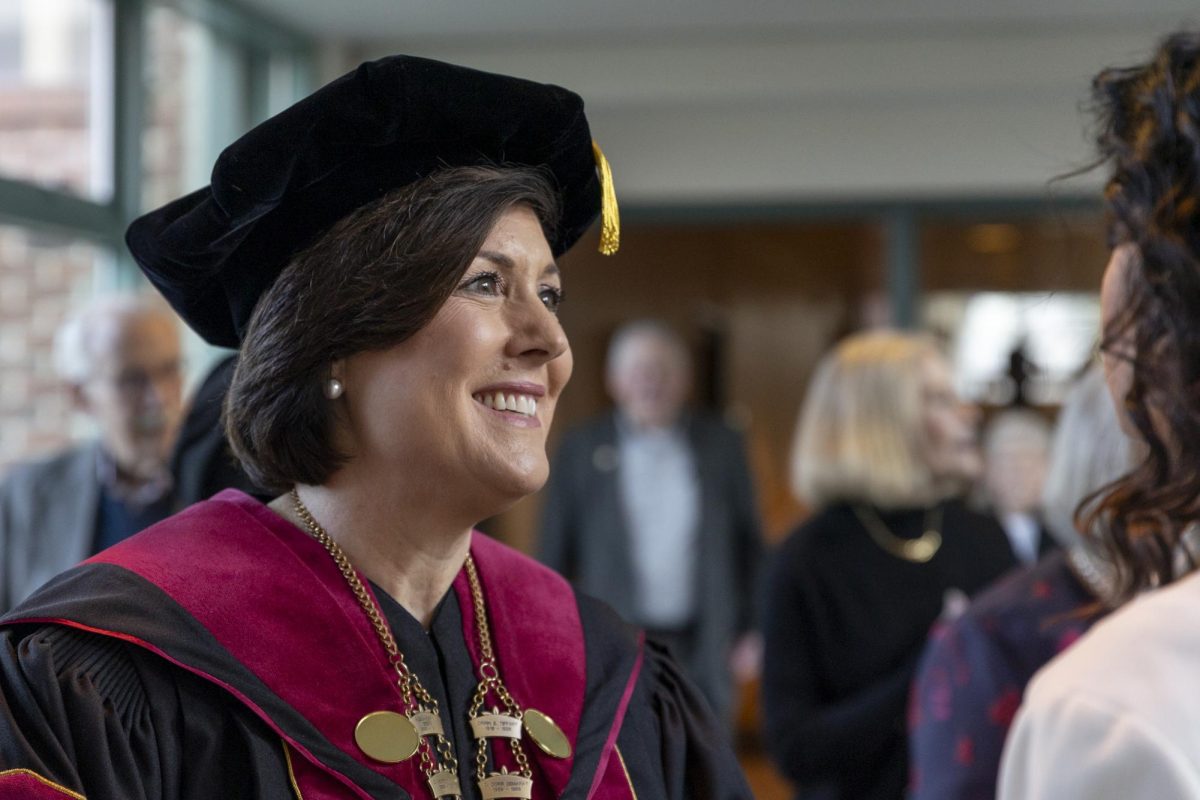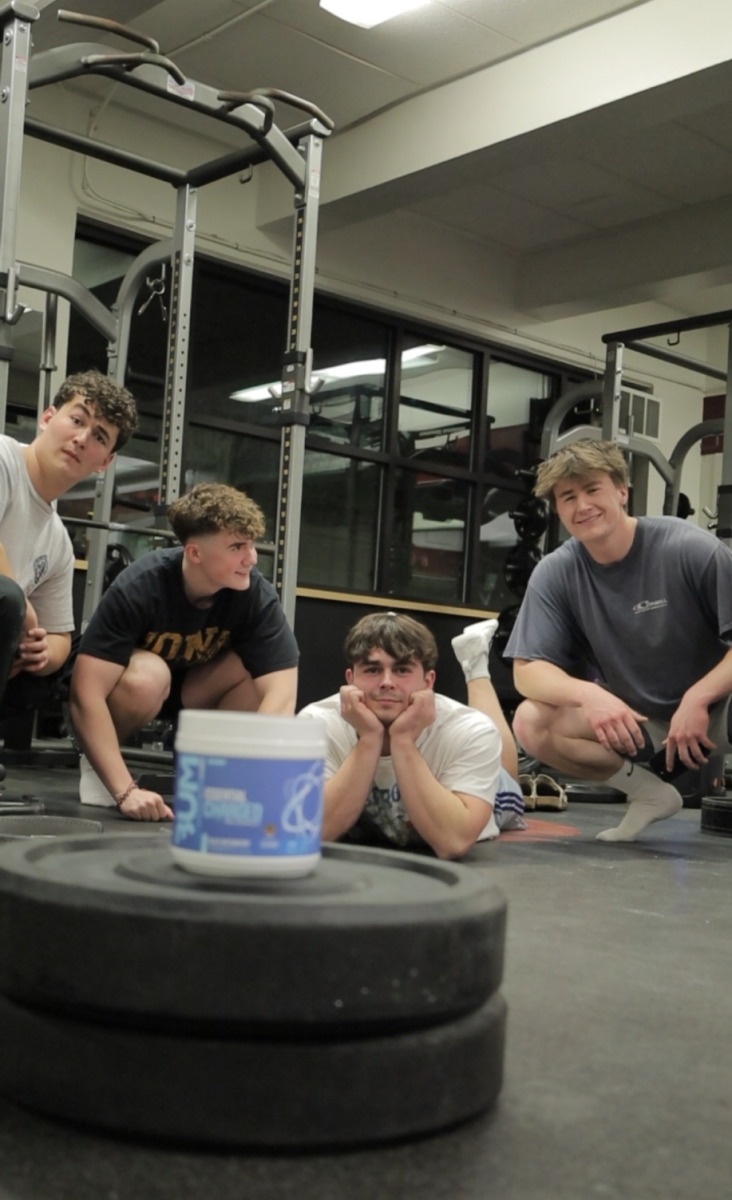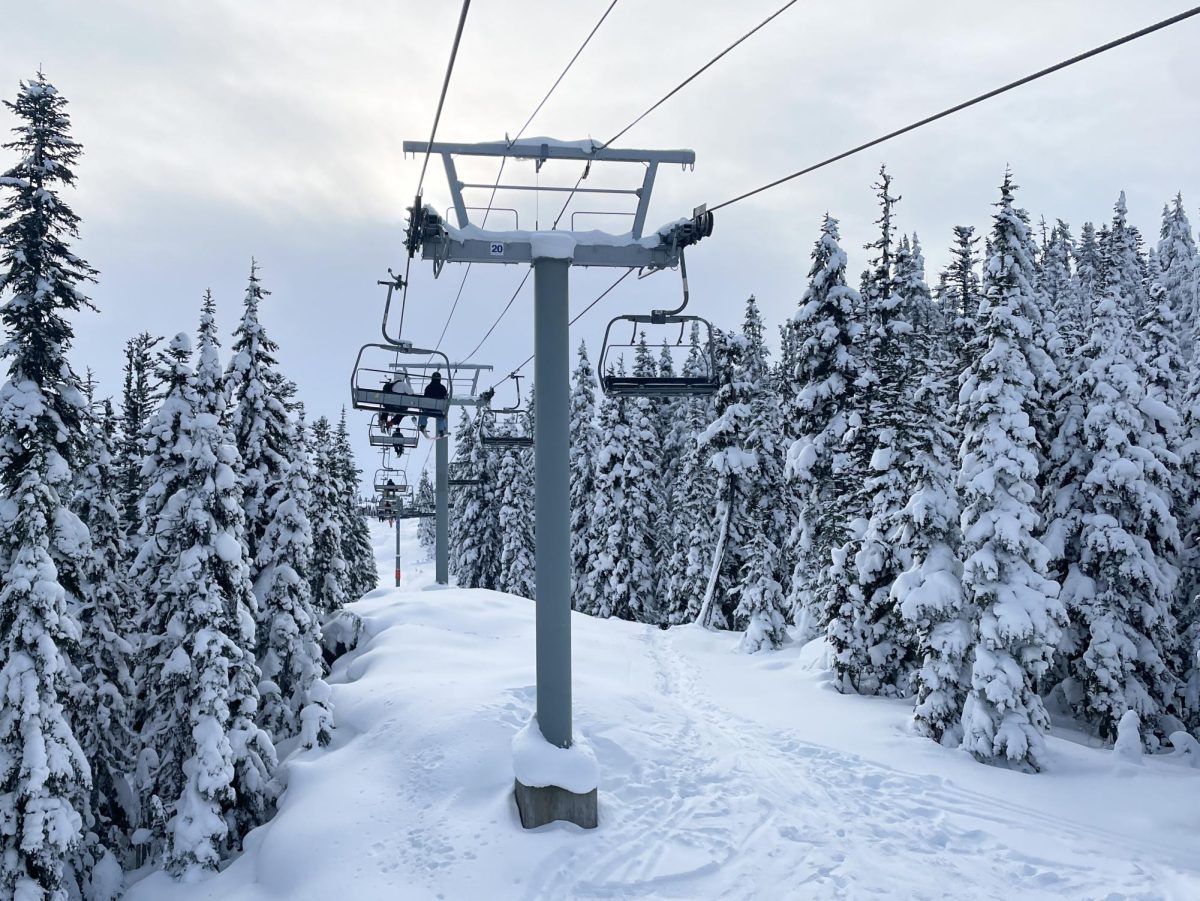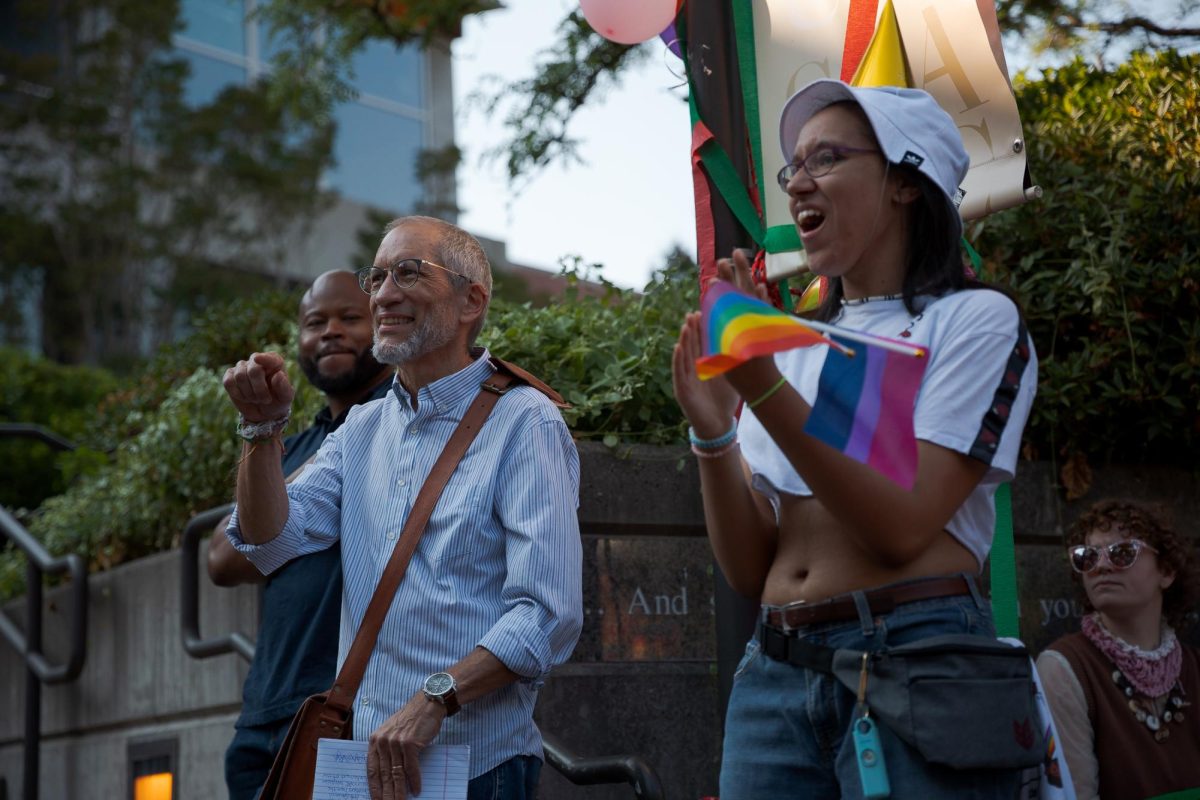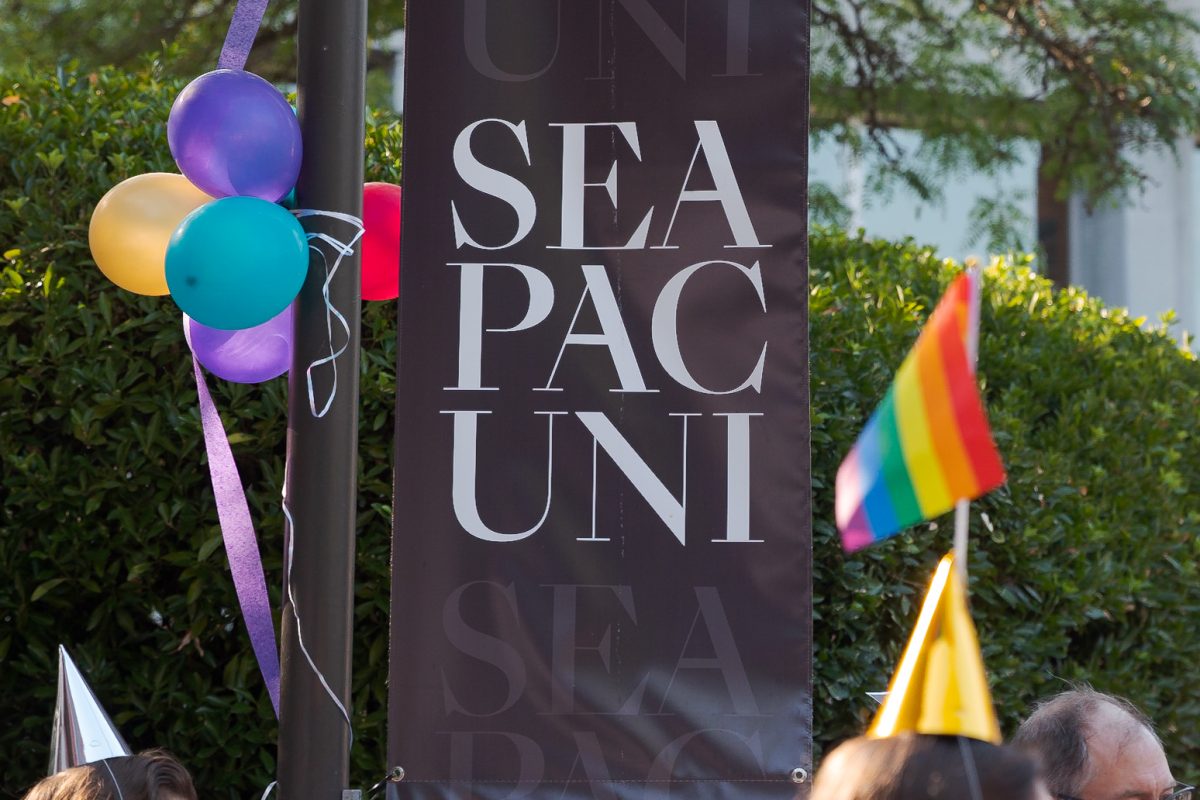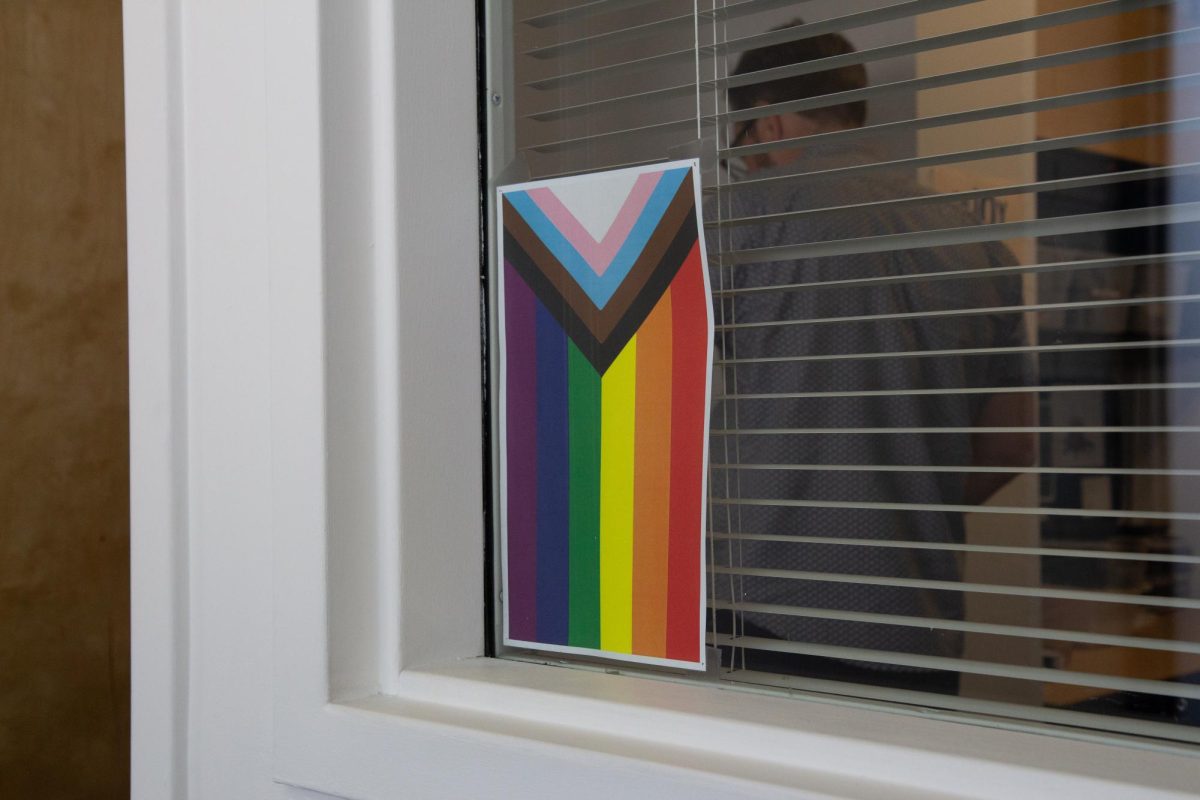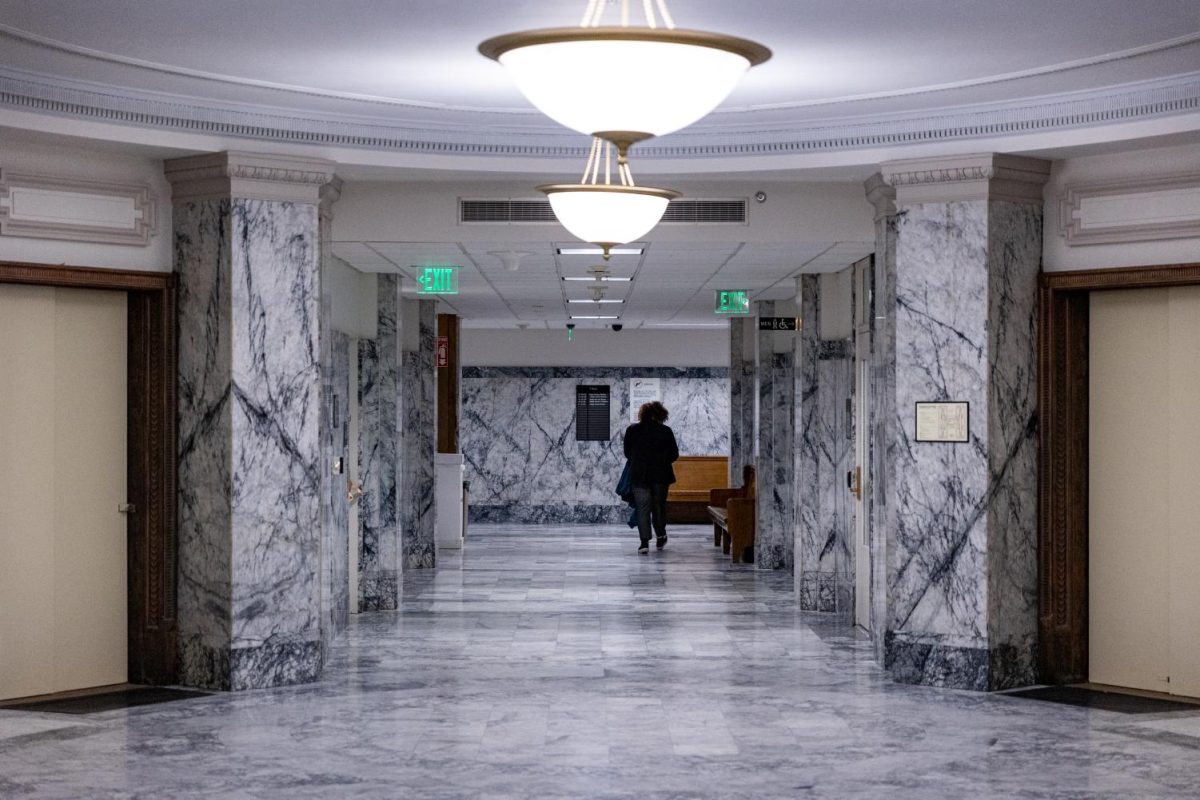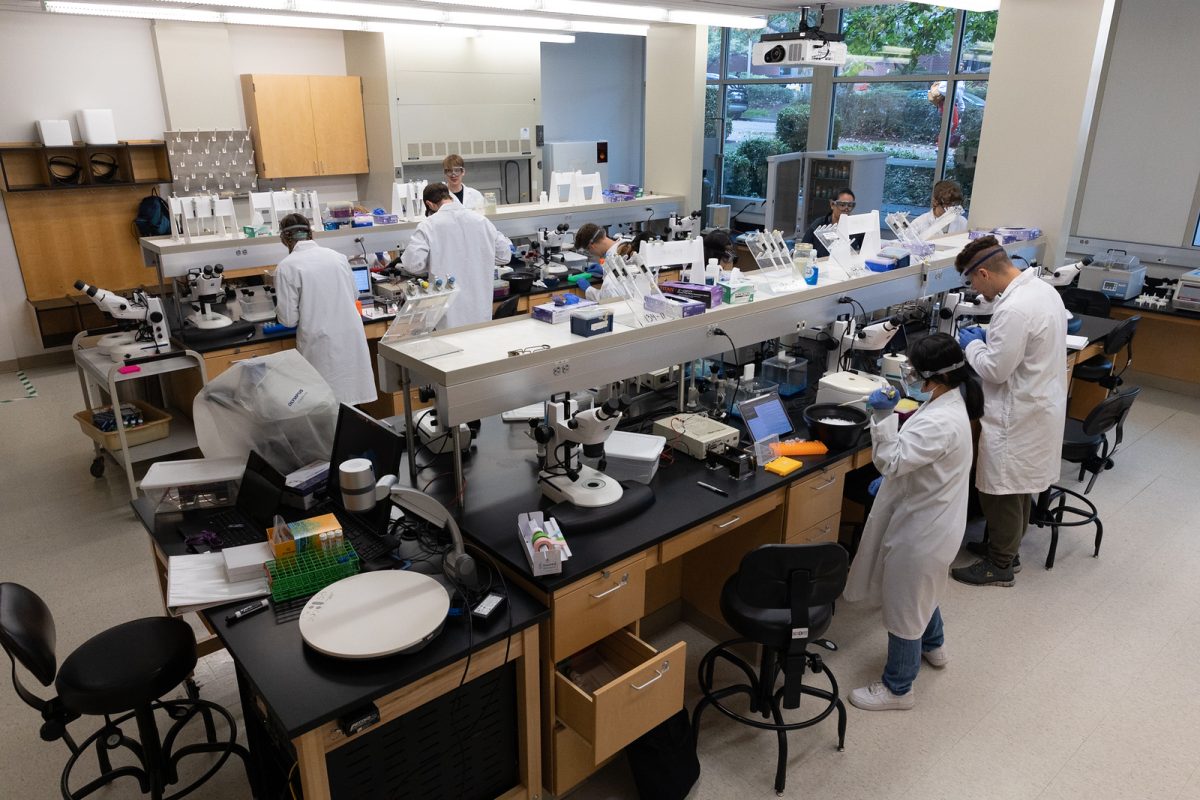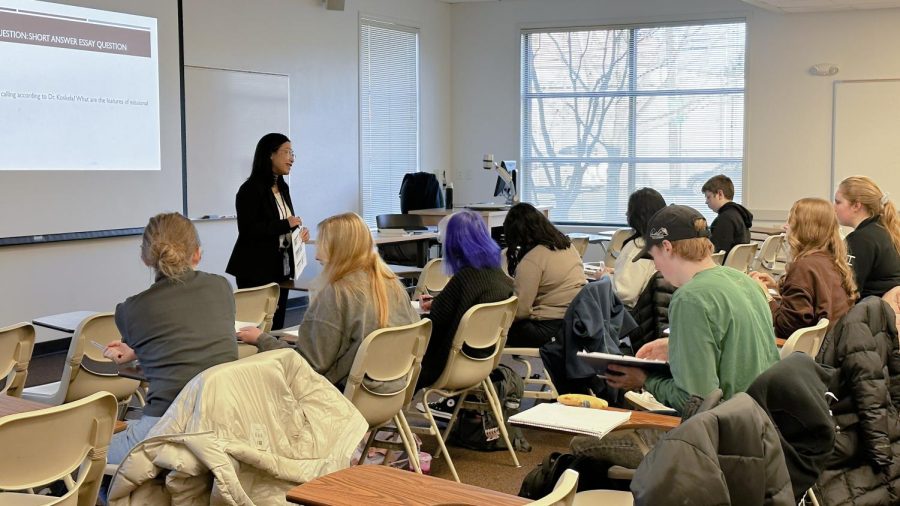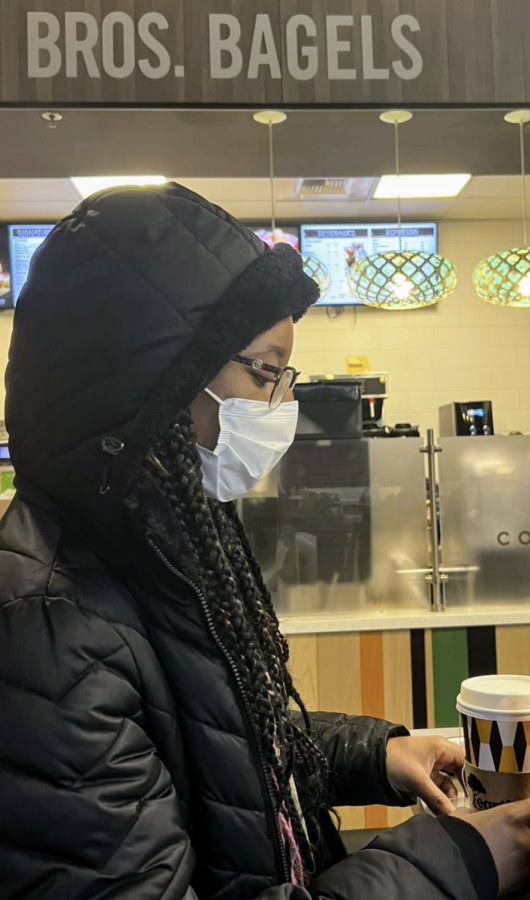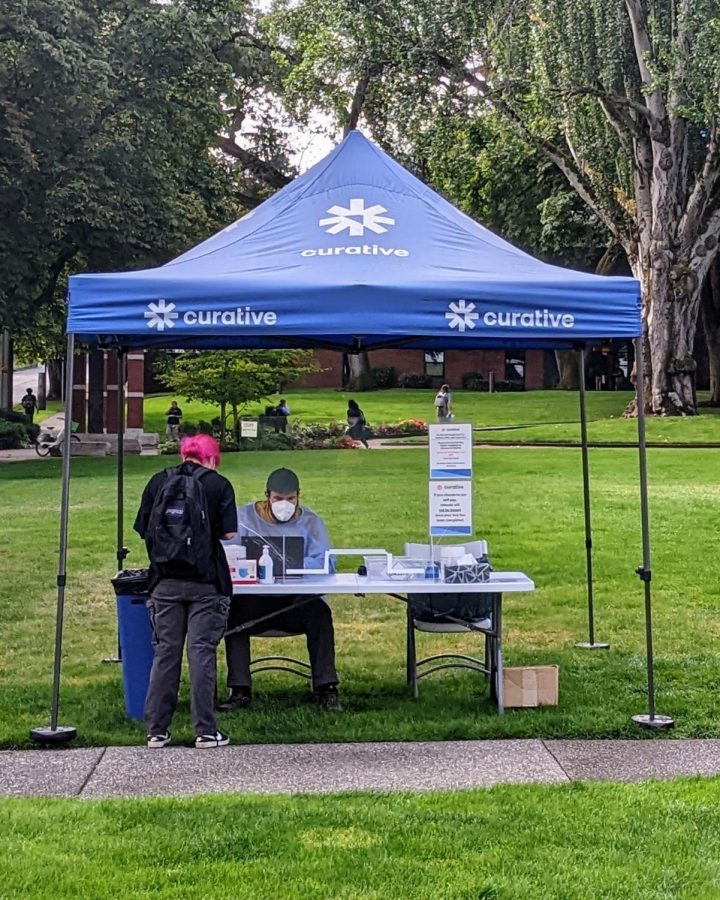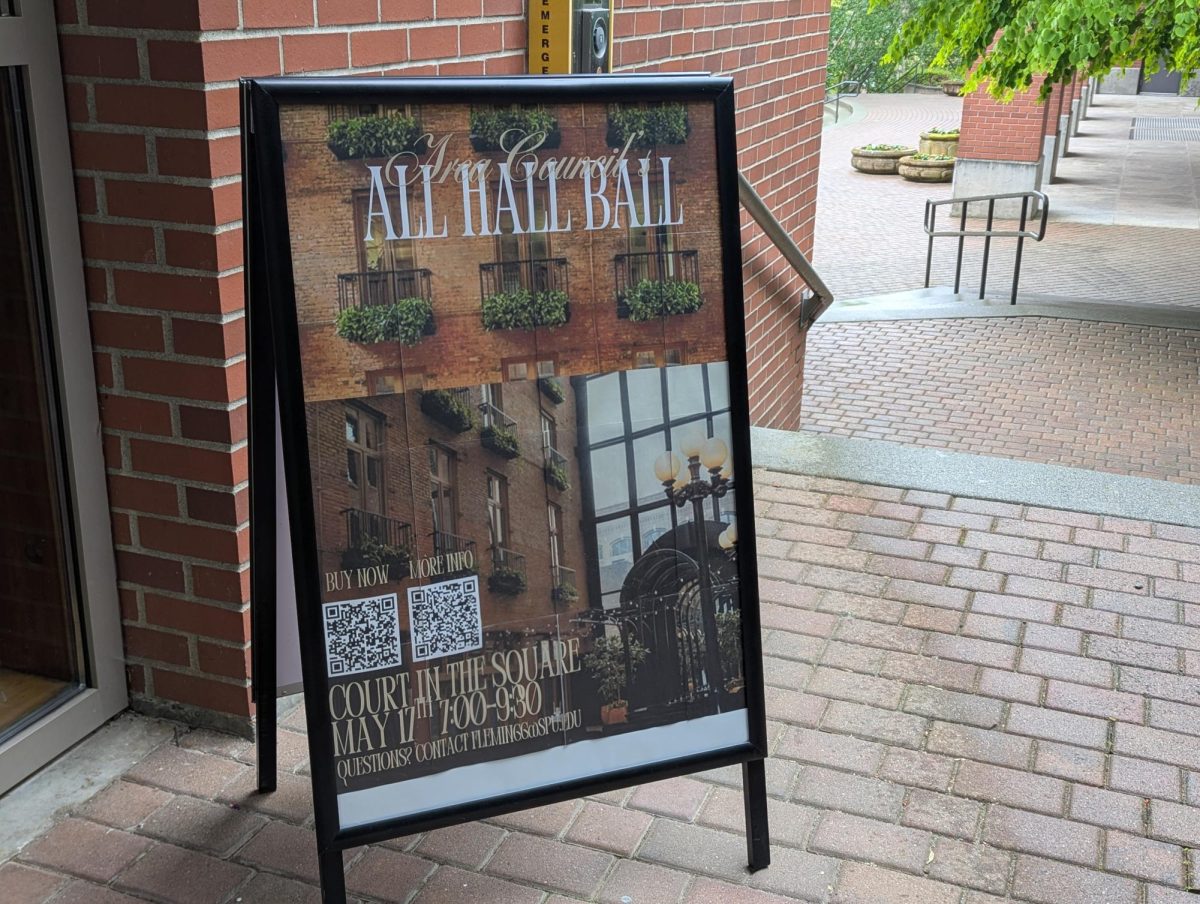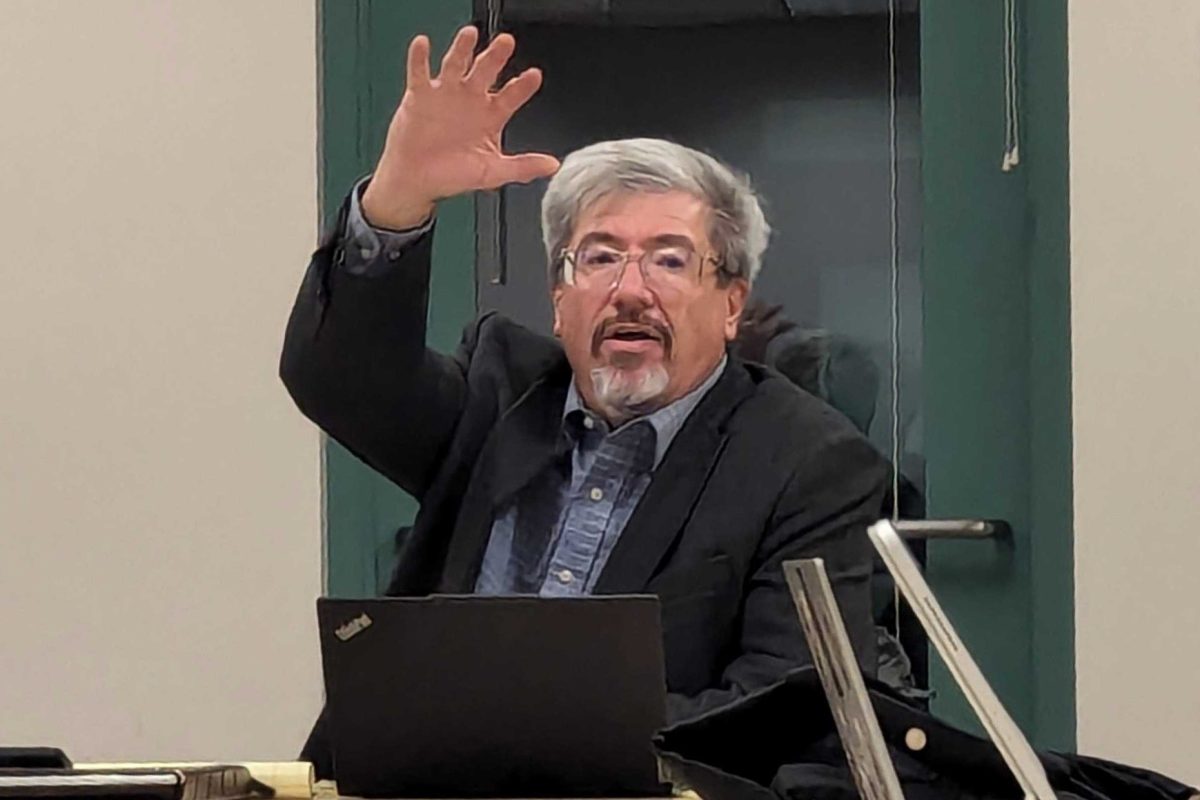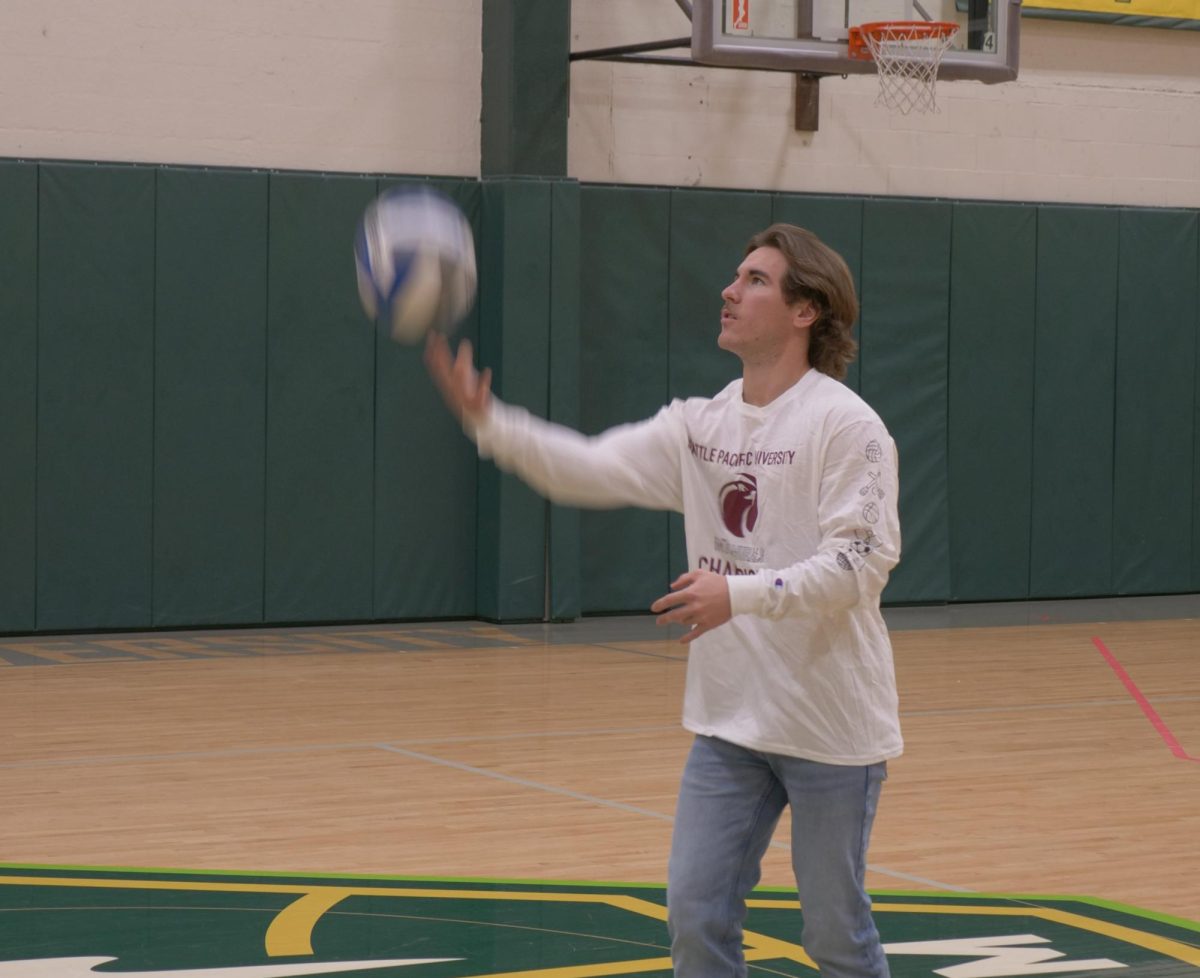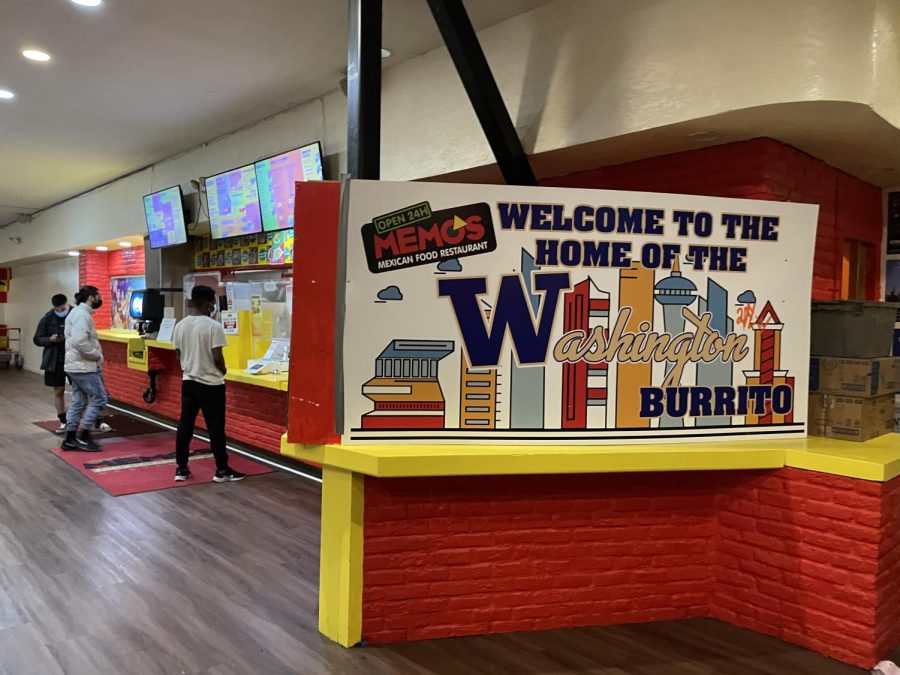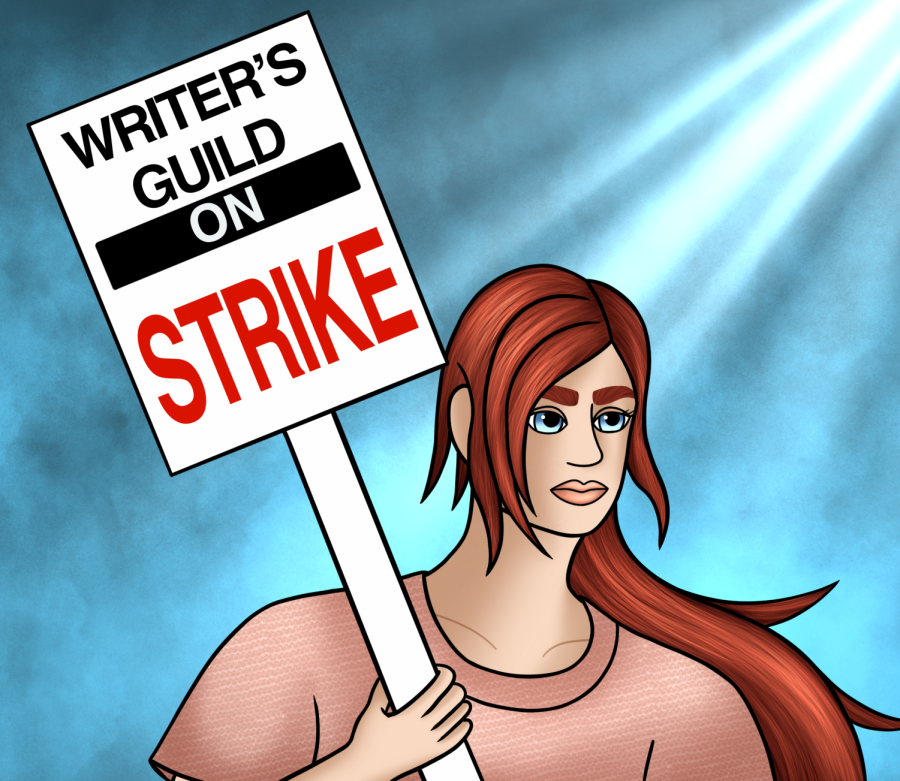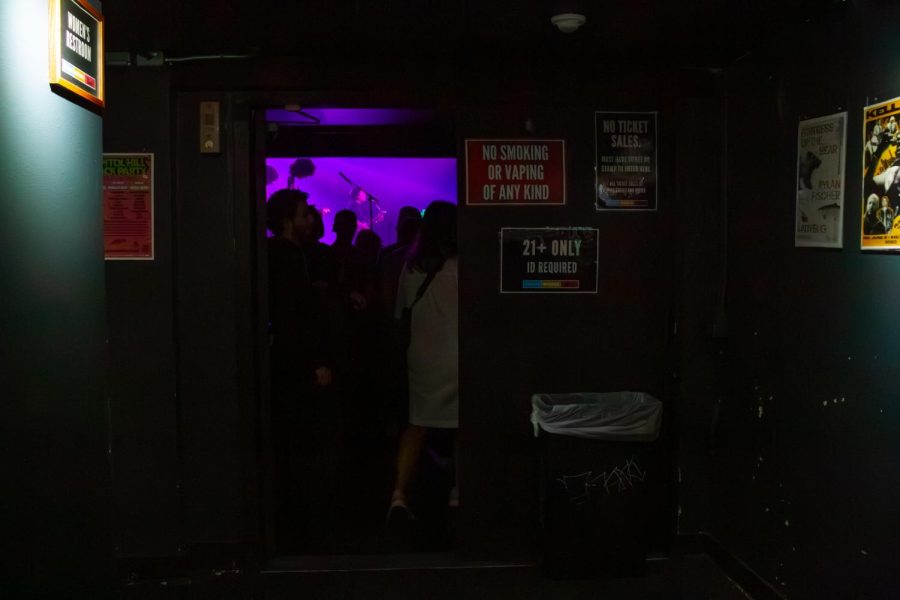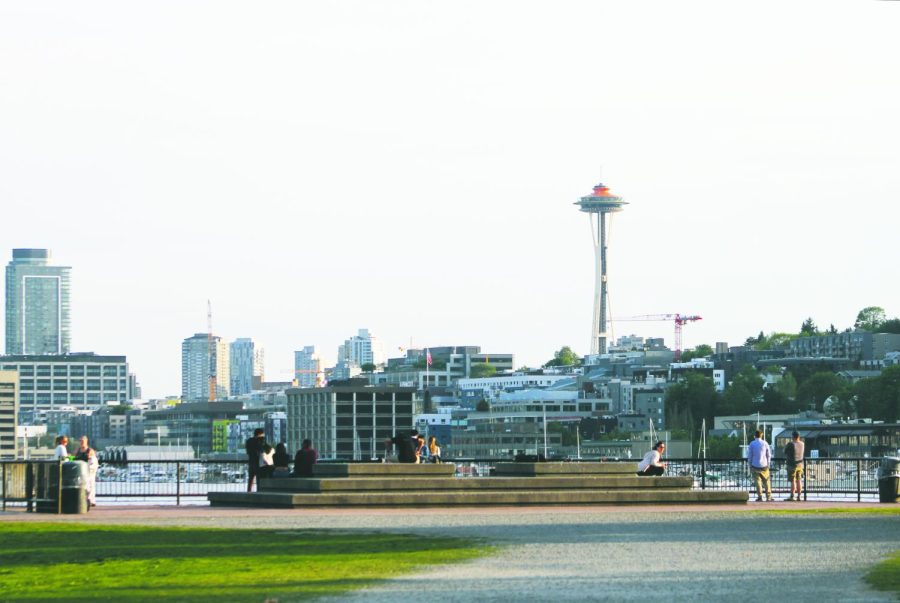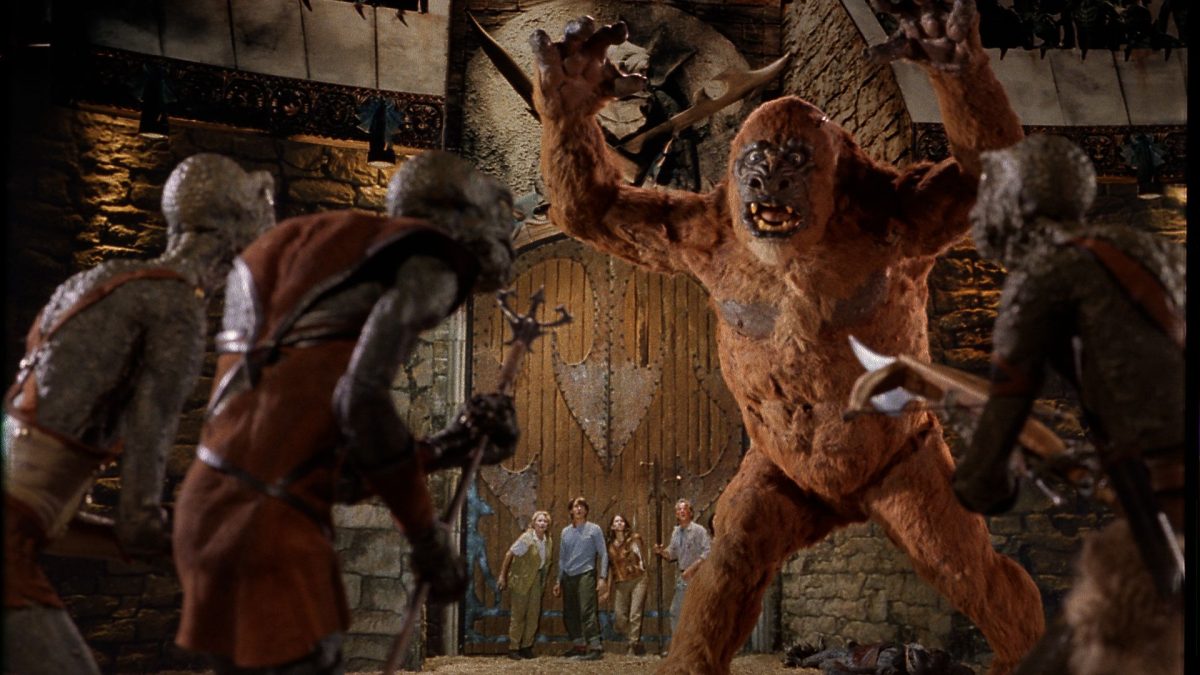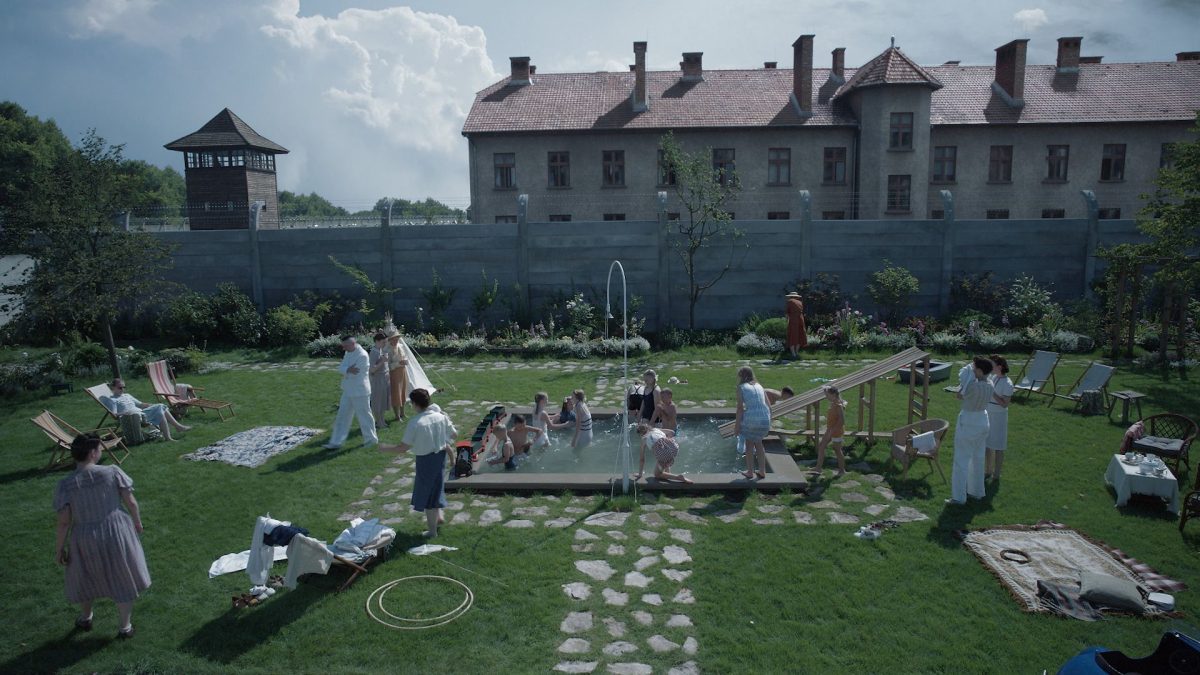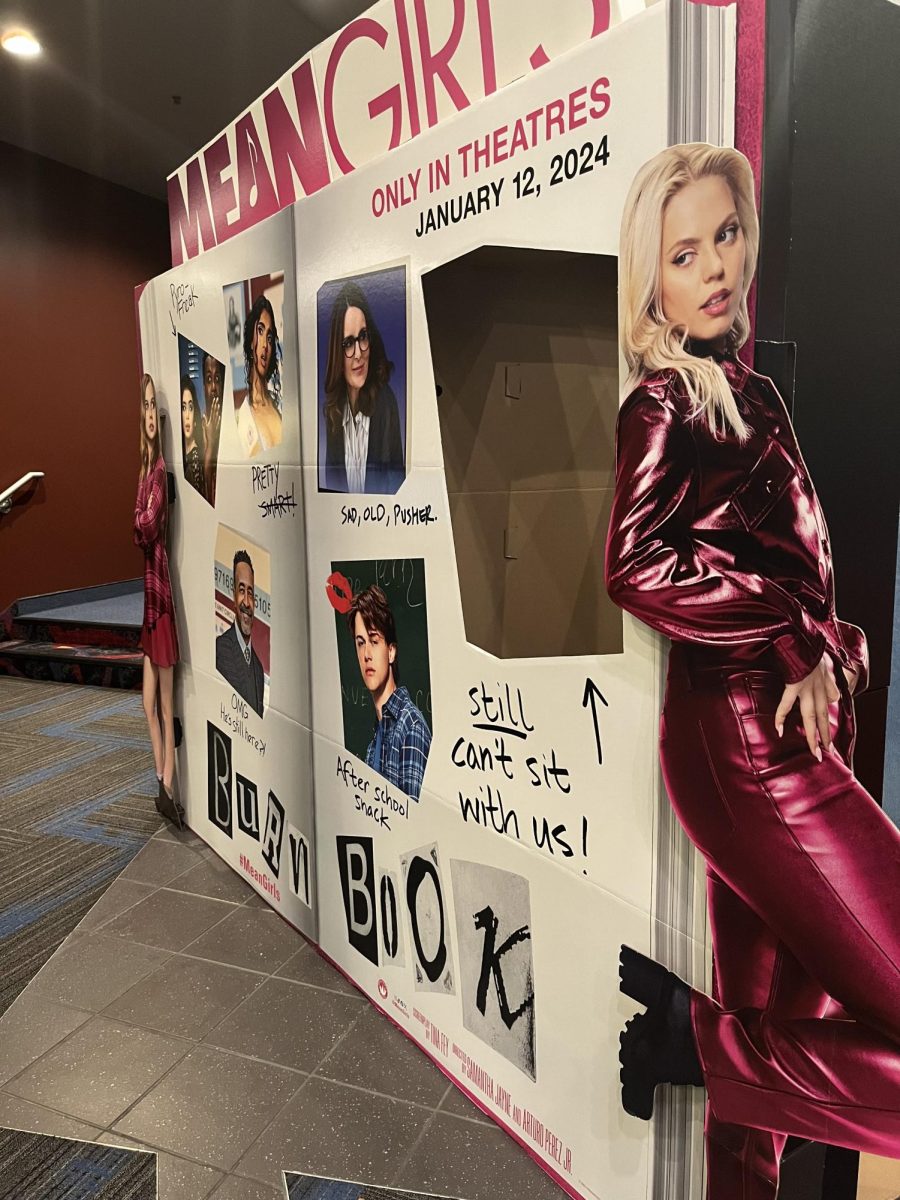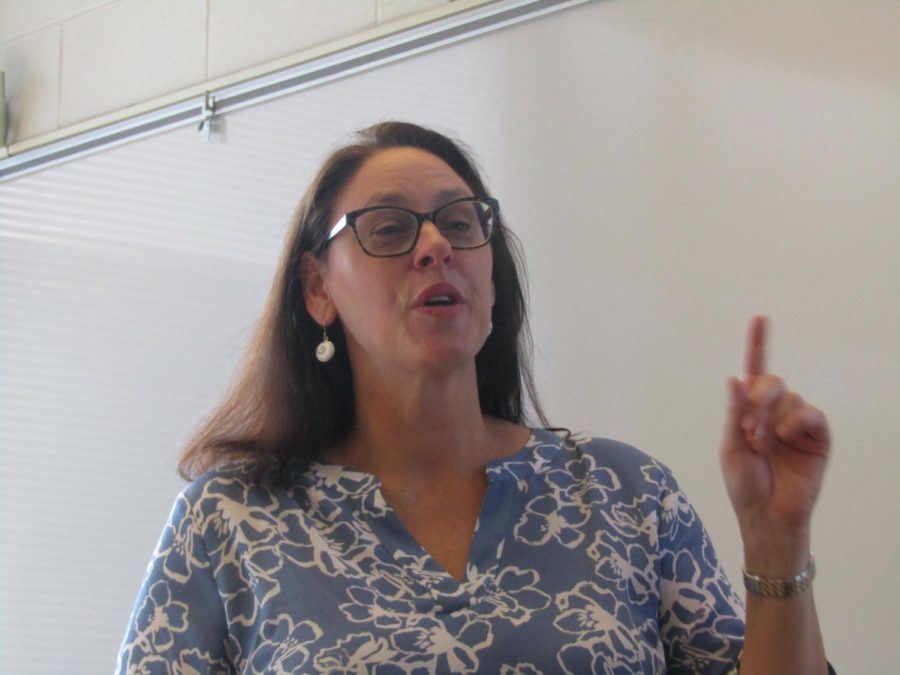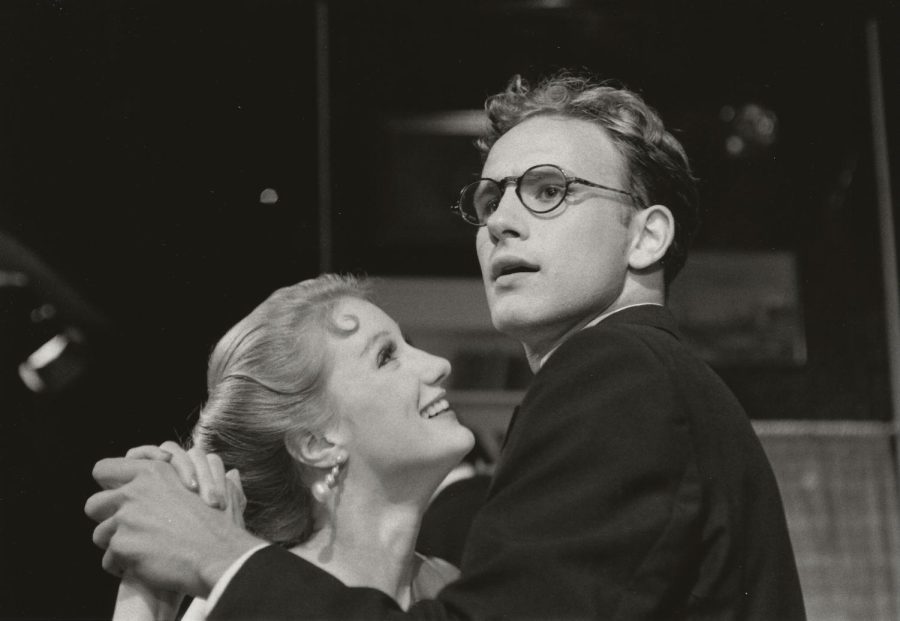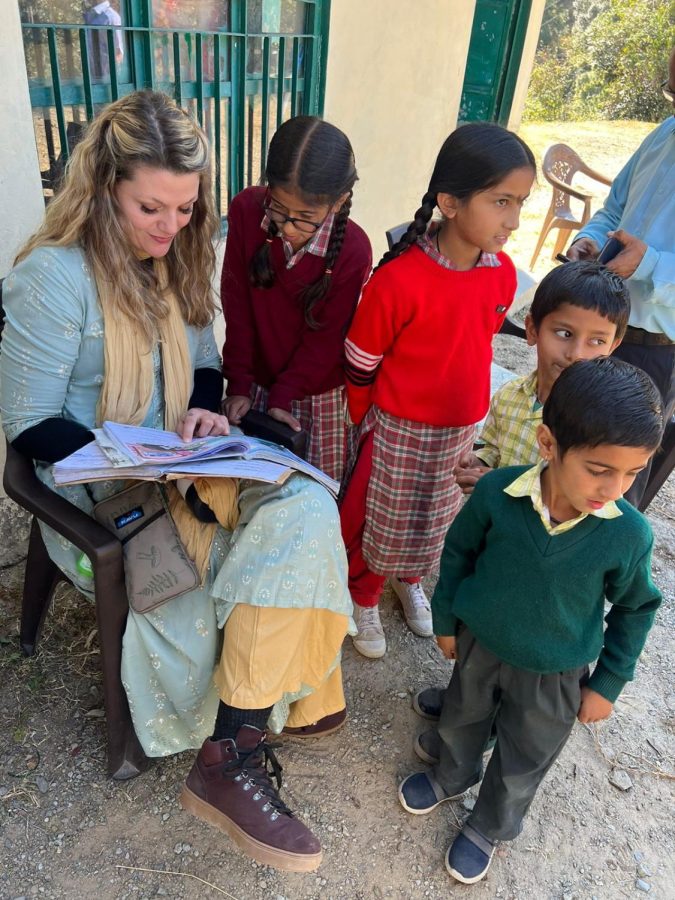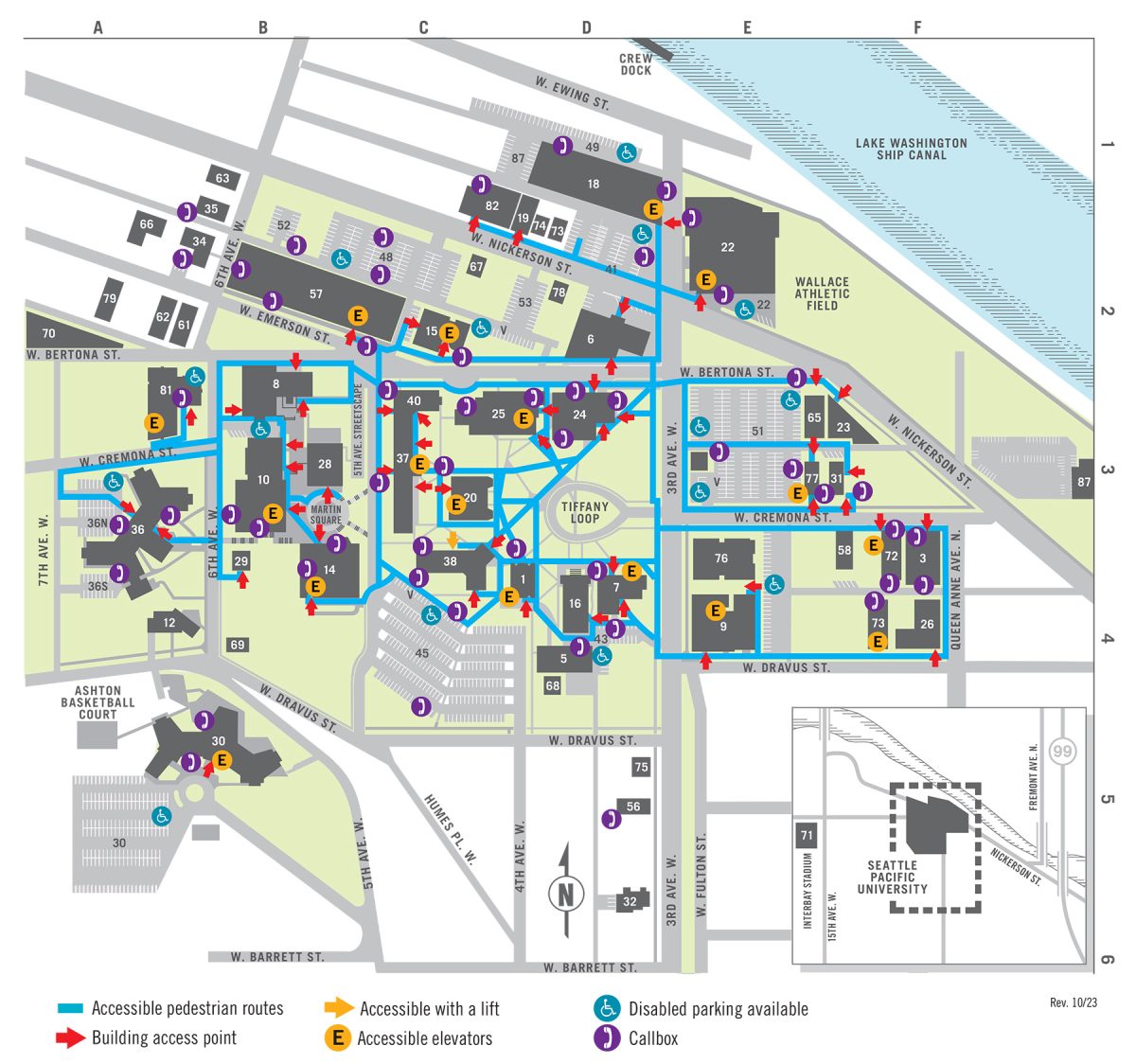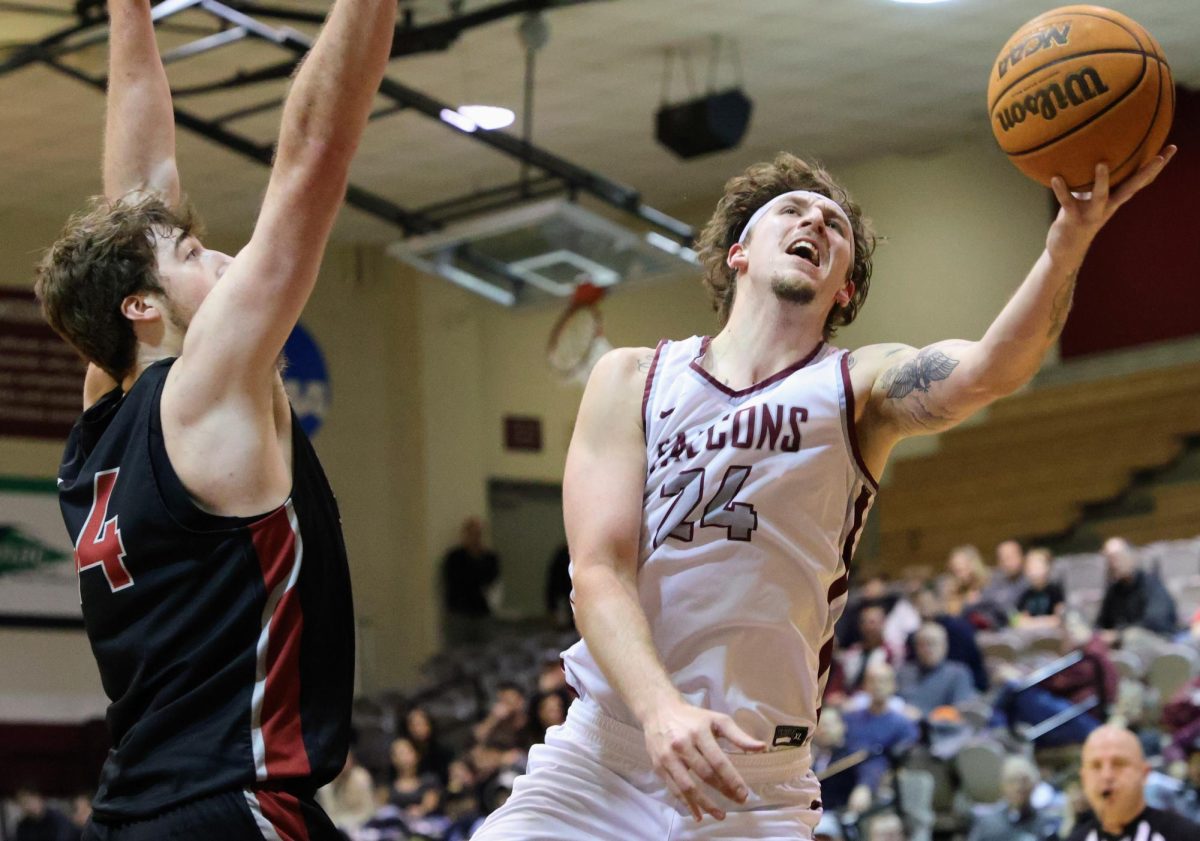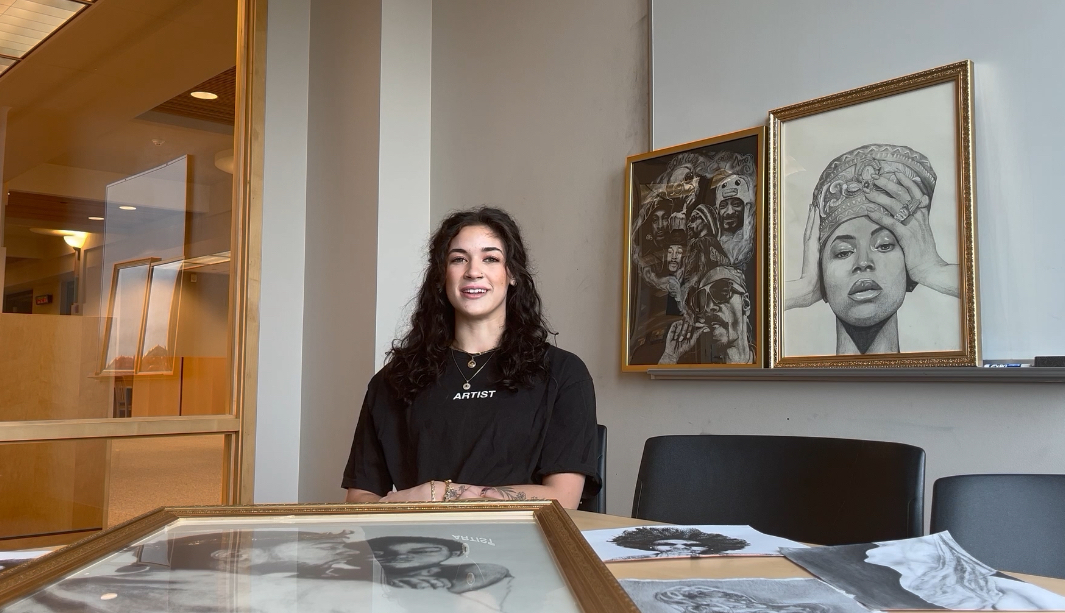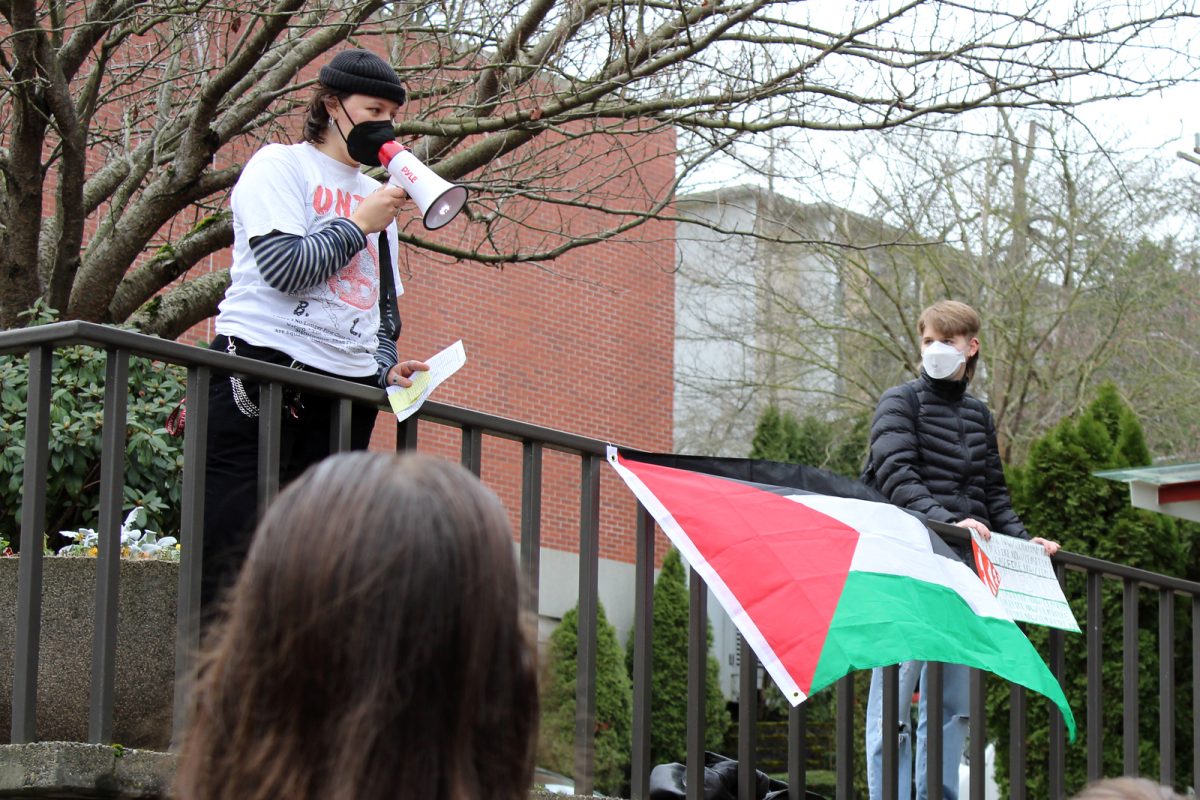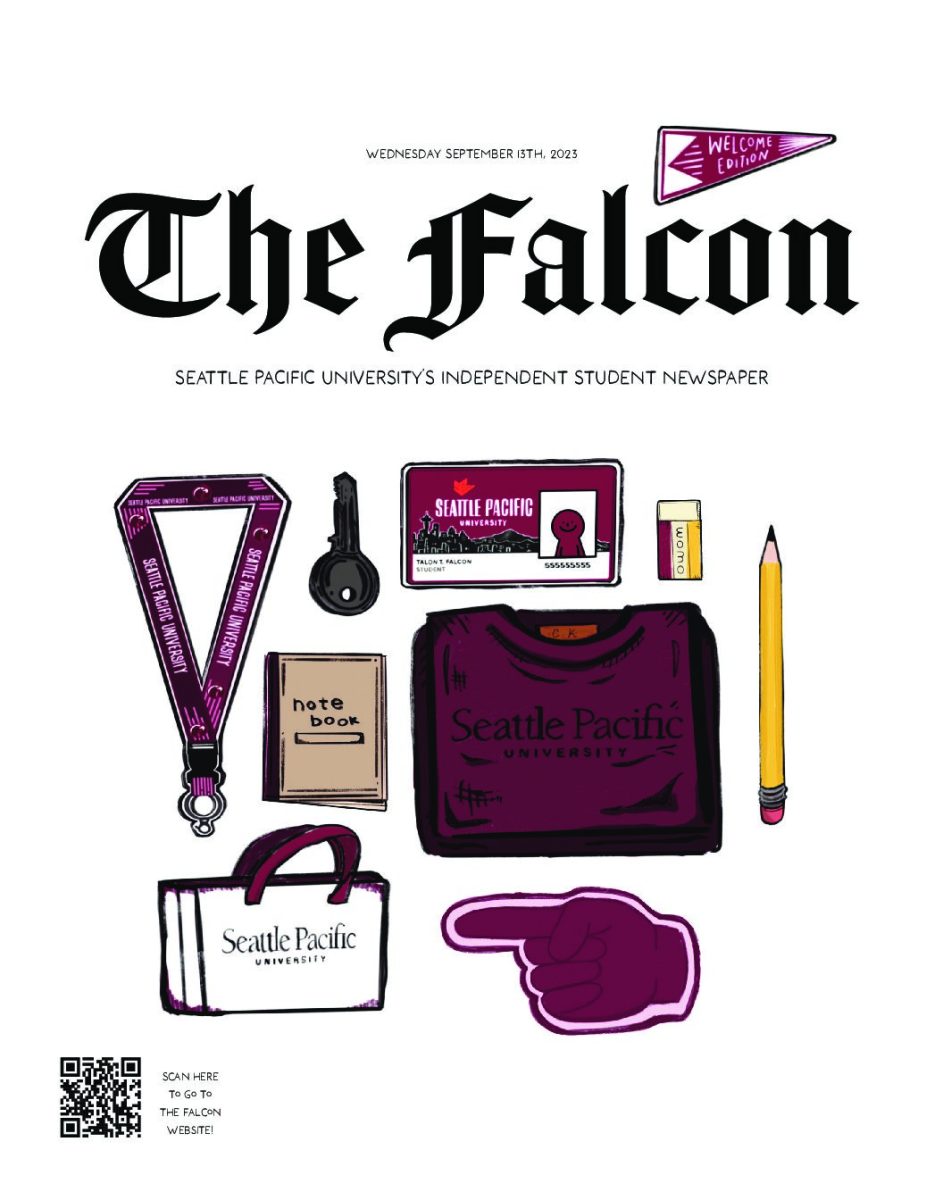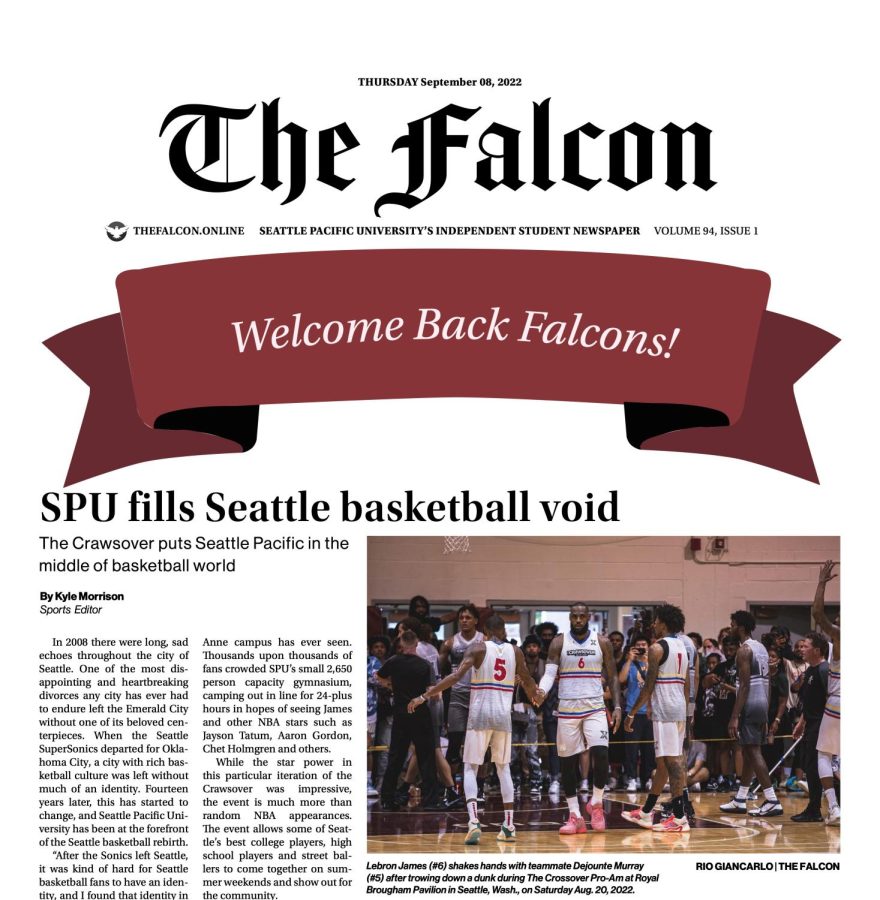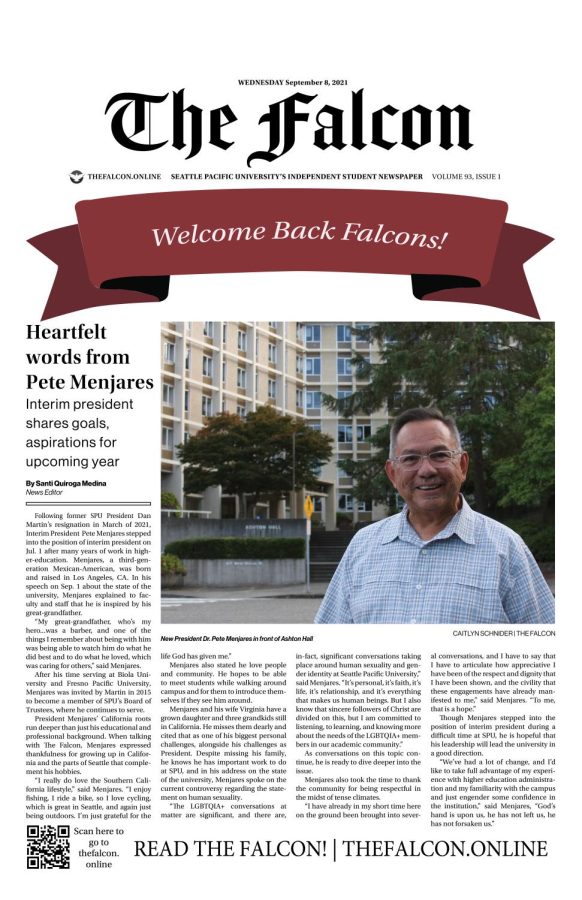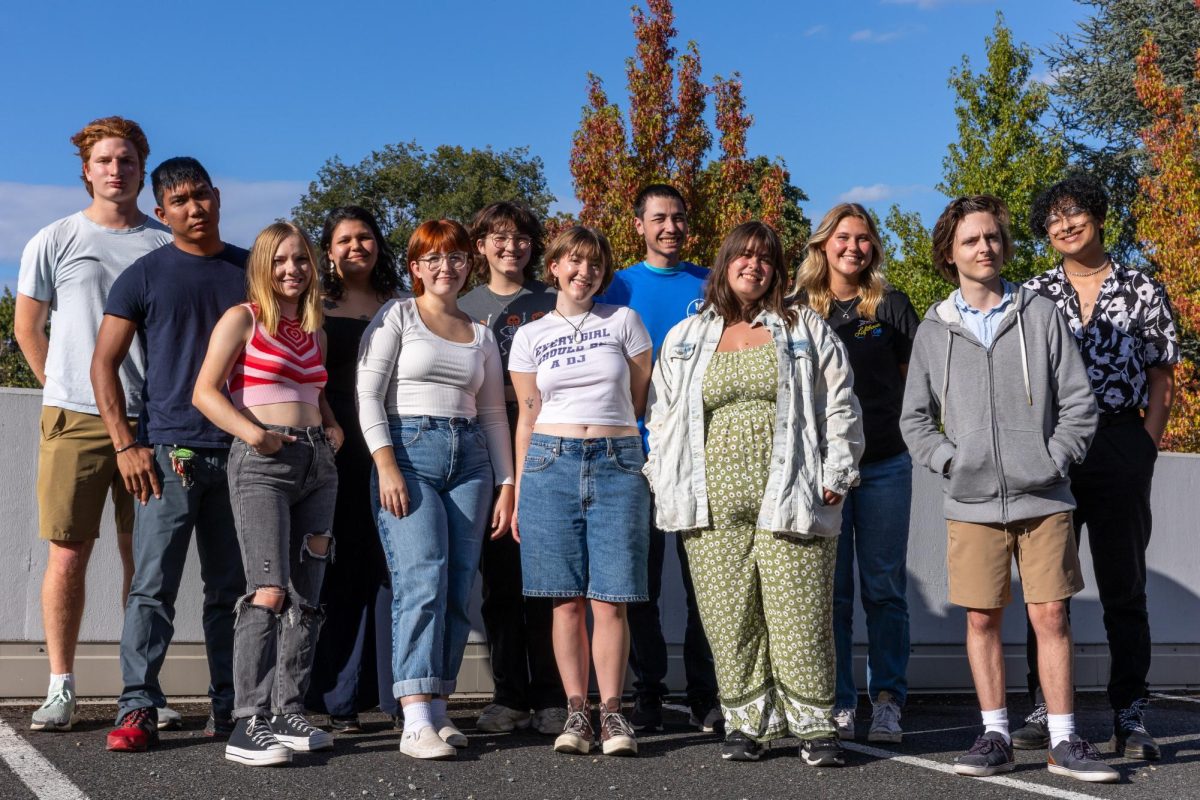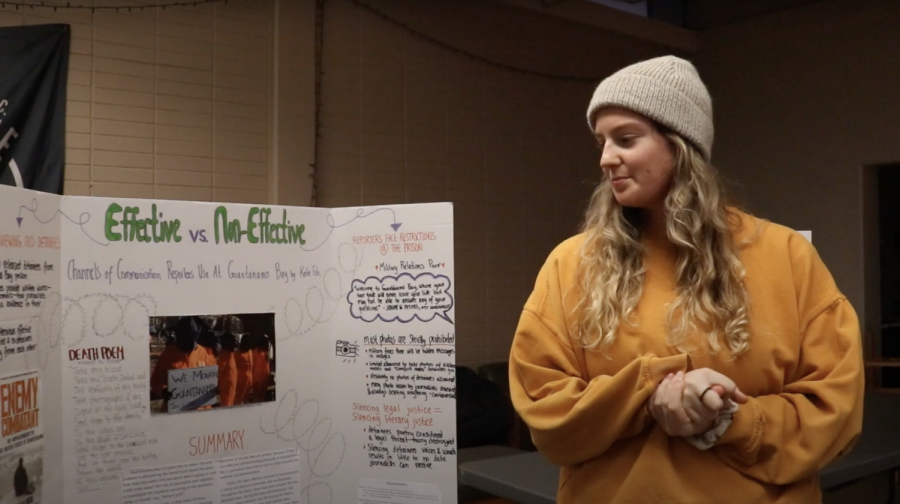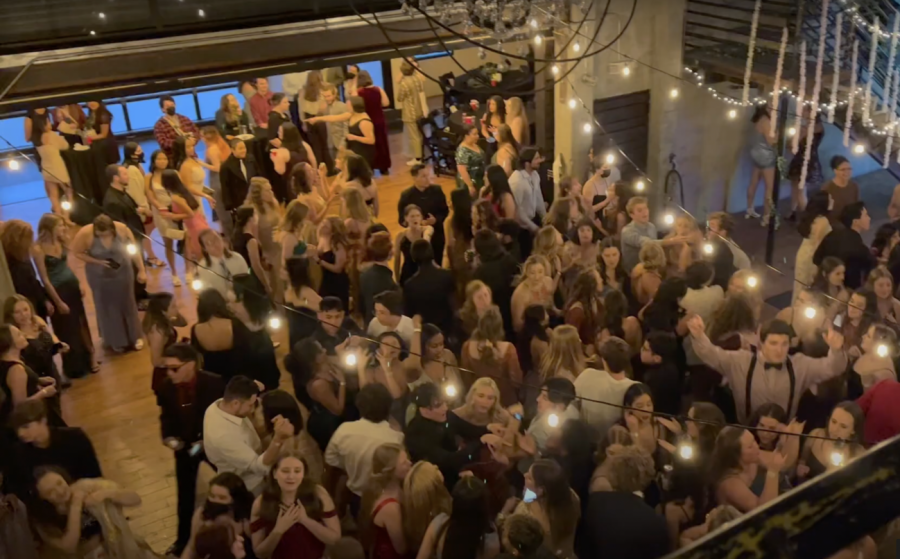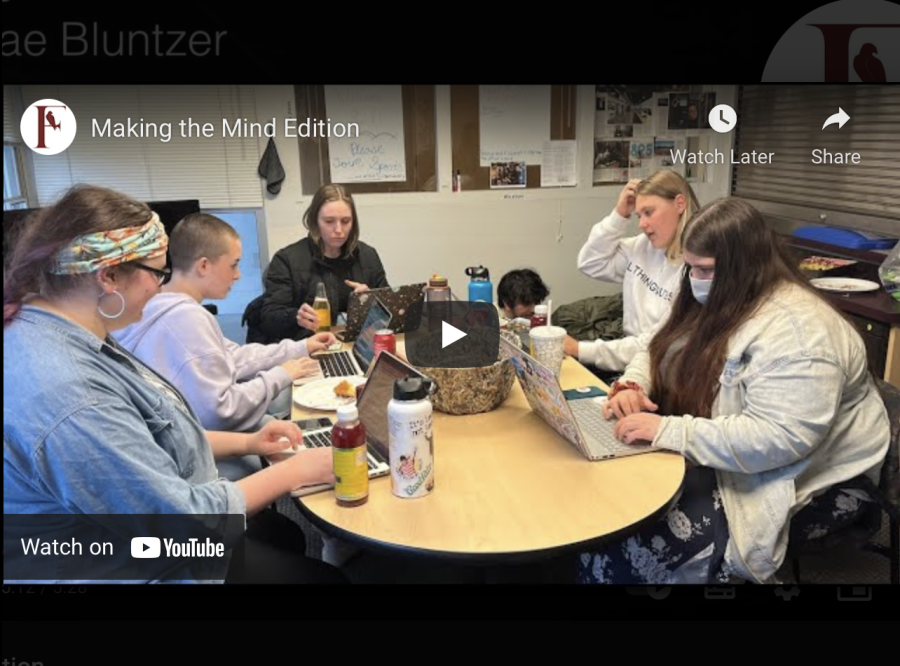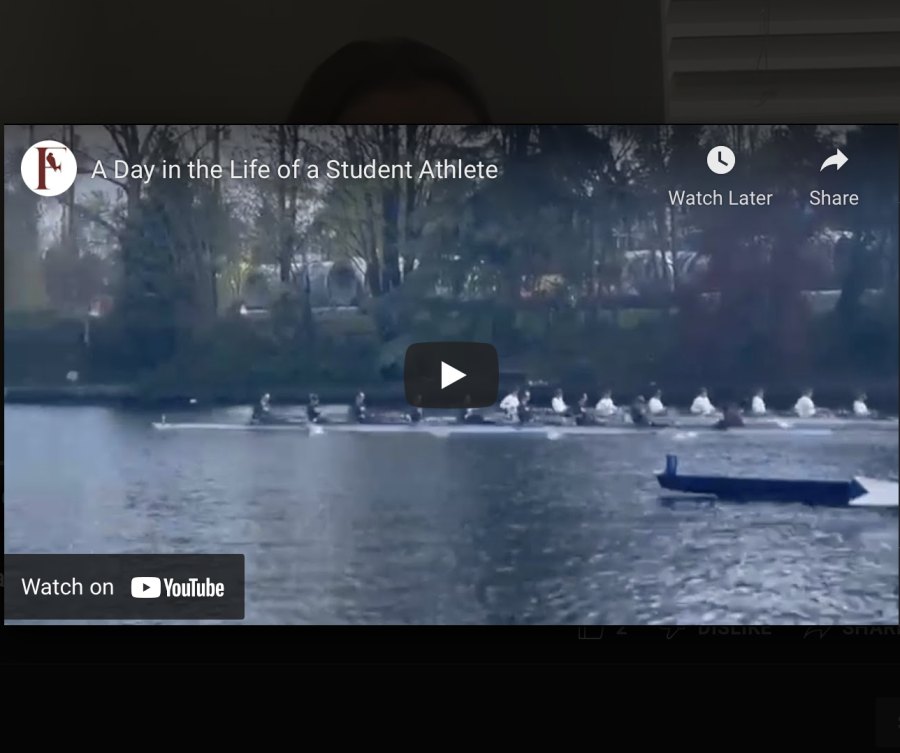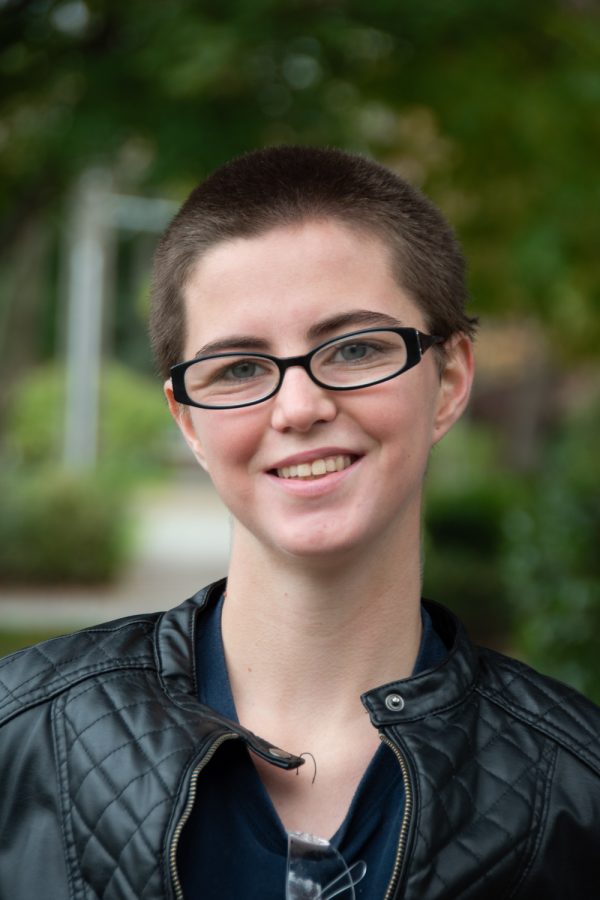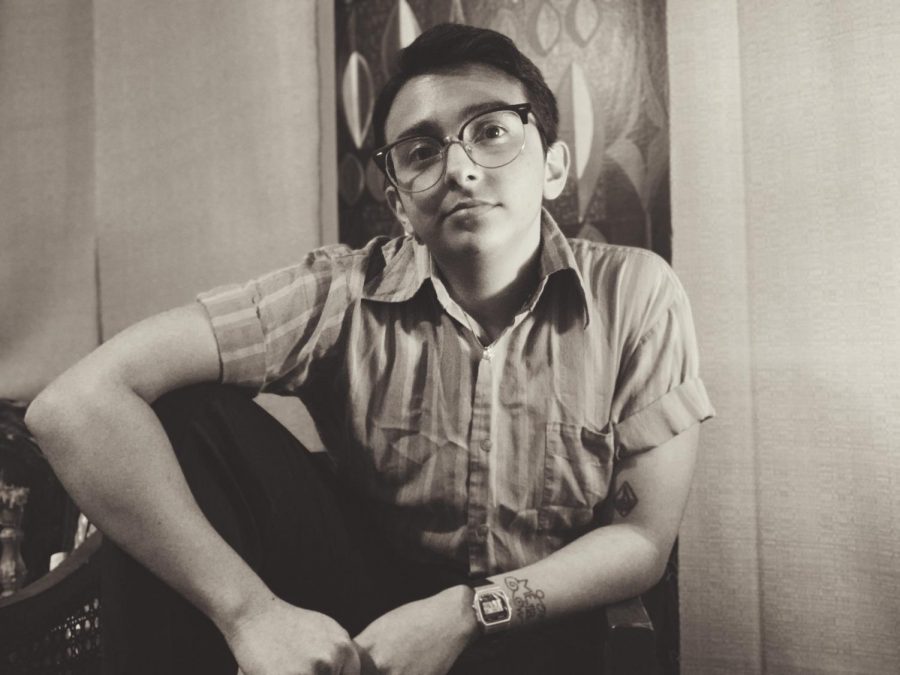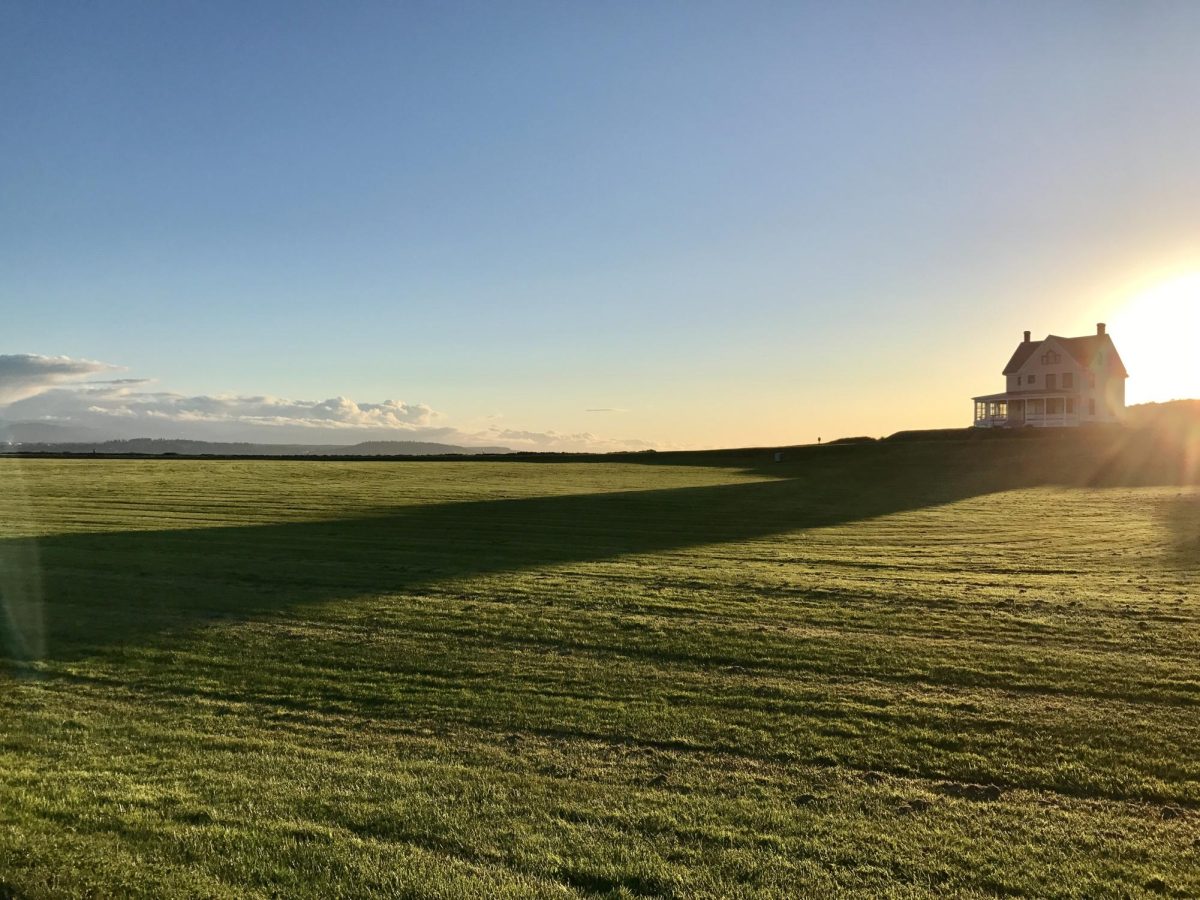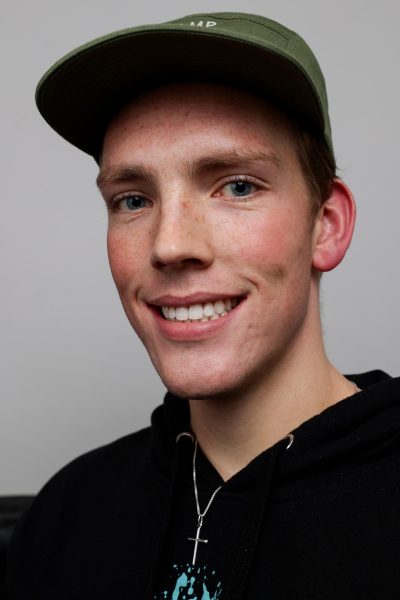On January 1, 2025, a historic property that had been maintained by Seattle Pacific University for almost 70 years transferred ownership to the YMCA of Snohomish County. This change in operation comes after Seattle Pacific and the YMCA came into an agreement on selling Seattle Pacific’s Whidbey Island property on September 30, 2024. The sale included both the university’s Camp Casey Conference Center and the Fort Casey Inn.
Students and faculty were initially informed of Seattle Pacific’s decision by the Office of the President on October 25, 2024.
The land Seattle Pacific sold on Whidbey Island has a unique and special history. In 1956, Seattle Pacific acquired the Camp Casey Conference Center from the United States military. This property made up a portion of a military base named after Brigadier General Thomas Lincoln Casey called Fort Casey which was built in the late 19th century. Two sister forts, Fort Flagler, located on Marrowstone Island, and Fort Worden, near Port Townsend, were also built alongside Fort Casey with the intention of protecting the Puget Sound by guarding its entrance from enemy nations coming from the Pacific ocean.
During World War I and World War II, all three forts saw continual military activity. But after World War II, the U.S. military decommissioned the three outdated forts and sold them to the state of Washington, which were then transitioned into state parks. After obtaining a portion of Casey that was not turned into a state park, over the next several decades Seattle Pacific utilized its property as a convention and retreat site, eventually purchasing the Fort Casey Inn, houses built nearby Fort Casey for some of the fort’s officers, in 2000.
During Seattle Pacific’s ownership, many faculty and students visited the camp and created special connections with it. Emily McElheran, a senior majoring in illustration and visual communication, was one such student who was employed as an intern at the camp during the summer of 2024.
“All of last summer, I was able to stay in the fire hall down there and work in the main office doing a design rebrand for them, new logo, new like color scheme, new merchandise, all that type of stuff,” McElheran said.
For faculty, it was a tradition to go to Camp Casey every fall before each academic year began. To Bill Woodward, an emeritus professor of history, many faculty had close personal connections to the camp.
“[When] I was involved, faculty were deeply committed to the place. There was a ‘Friends of Casey’ among the faculty,” Woodward said. “There was lobbying that was done by faculty to make sure it didn’t get lost in the shuffler of various administrative preoccupations with other things.”
Despite being owned by Seattle Pacific for around half of the university’s existence, the university’s relations with Casey were complicated.
Kimberly Sawers, special assistant to the president for property transactions, helped to facilitate the YMCA’s acquisition of Casey, citing that the board of trustees had been considering selling the property since the 1980s.
“Camp Casey had been approved for sale by the board [of trustees for] decades,” Sawers said.
Further explaining the reasons for the selling of Casey, Professor Woodward felt the property had become a burden to the university during ownership.
“It never was a sustained priority, in my view, for various administrations and boards of trustees. It was more a nuisance,” Woodward said. “So it became, I would use the term a stepchild. And for many years, the thought was, yeah, we know we ought to sell it off.”
With the property not being high on priority lists for administrations, the university, while ensuring the camp functioned, was not able to give as much attention compared to properties and events on campus. According to McElheran during her time at the property, some parts of the Whidbey properties appeared overlooked.
“They have an old pool that used to be such a big part of Camp Casey. The community would all go there and send their kids there for swimming lessons. And even in the back of the office, there’s still a box of lifeguard hoodies for the pool,” McElheran said. “But it’s been run down since COVID, and there hasn’t been enough money to revamp it.”
During its time as the land’s steward, Seattle Pacific made several changes to Casey’s facilities. According to Douglas Downing, emeritus professor of economics and astronomy, in 2010 the university installed a 25-inch telescope at Casey as part of an effort to replace a deteriorating building on the property. Replacing the building, however, was more difficult than it seemed given the historical significance of the camp.
“One building was just literally falling apart, so the Historic Preservation Board finally allowed the university to tear down the building,” Downing said. “And so they built this new building, but it had to look like it was built 100 years ago. They had to make it blend in with the rest of the buildings around there. And so the telescope is in that building.”
The telescope and the building it is stored in at Casey have also been sold as a part of Seattle Pacific’s deal with the YMCA. Although it was decided long ago for the property to be sold, Downing and many faculty are still bummed to see the camp’s ownership change.
“I think everybody’s sad about it,” Downing said.
Despite the sale, students and faculty will be able to go to the property and use the telescope and the other features of Casey according to Sawyers.
“As we continue to work with the YMCA and in booking our retreats and booking different things, we’re going to see that we interact with the camp in a very similar way to what we did before,” Sawyers said.
Although the Casey property is not lost to students and faculty looking into visiting or having a retreat there, students and faculty from Seattle Pacific may have to expect not always being the camp’s highest priority going forward.
To Sawyers, the anxiety on campus of Seattle Pacific selling Casey to the YMCA can be explained by the newness of the transaction.
“The biggest angst is not knowing exactly what the relationship will be in the future and what it will look like,” Sawyers said.

